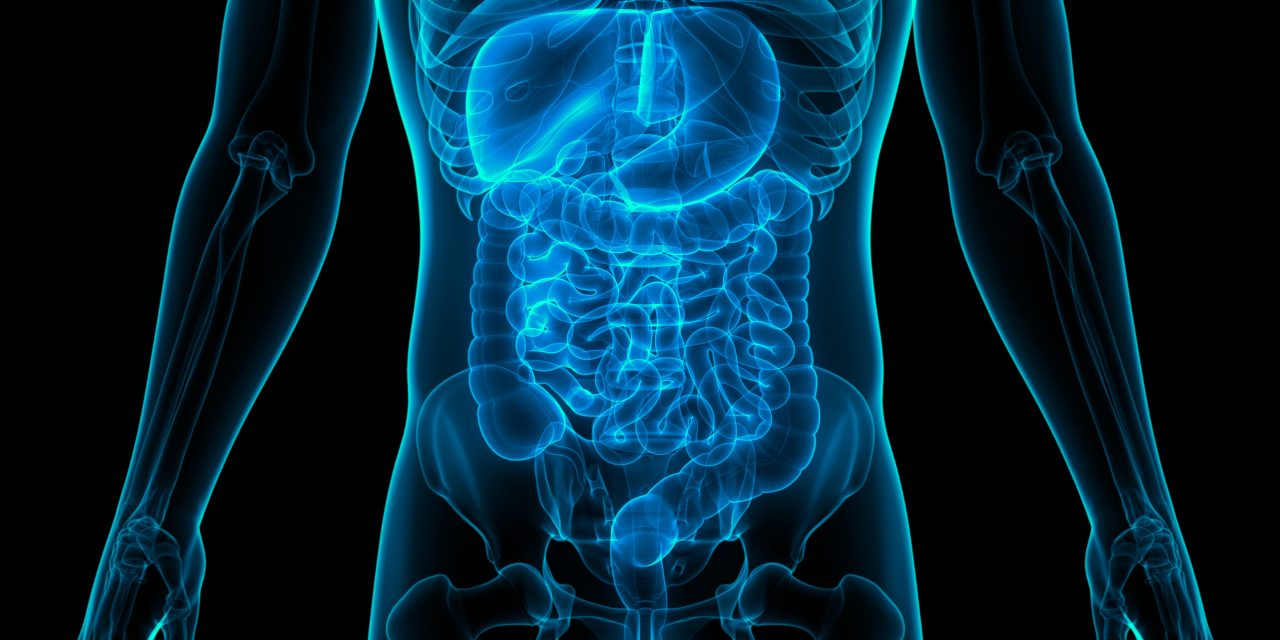Eosinophils are specialized granulocytic effector cells that store and release highly active mediators used in immune defense. Eosinophils are also implicated in the pathogenesis of allergic disorders, including eosinophilic esophagitis (EoE), a chronic disorder characterized by infiltration of eosinophils into the esophagus and release of mediators that damage tissue, resulting in gastrointestinal morbidity, food impaction and dysphagia. Treatment with elimination diets and/or topical corticosteroid therapy slow disease progression, but are complicated by adverse effects, limited compliance and loss of response to therapy. We hypothesized that a single administration of an adeno-associated virus (AAV) coding for an anti-eosinophil monoclonal antibody that induces eosinophil clearance (anti-Siglec-F) would treat on a persistent basis a murine model of EoE.
Amouse model of peanut-inducedEoE that mimics the human disease was established by sensitization and challenge with peanut extract.After challenge, these mice exhibited an EoE phenotype demonstrated byelevated levels of blood eosinophils, infiltration of eosinophils in the esophagus with associated esophageal remodelingand food impaction.
The mice were treated with a single intravenous administration (10 genome copies) of AAVrh.10mAnti-Eos, a serotype rh.10 AAV vector coding for an anti-Siglec-F monoclonal antibody. Vector administration resulted in persistent, high levels of anti-Siglec-F antibody expression. Administration of AAVrh.10mAnti-Eos to the mouse model of EoEreduced blood (p<0.02) and esophageal eosinophil numbers (p<0.002), protected from esophageal tissue remodeling, andminimized food impaction.
These results suggest that a single treatment with AAVrh.10mAnti-Eos has the potential to provide persistent therapeutic benefit to patients with EoE.
This article is protected by copyright. All rights reserved.
Gene Therapy for a Murine Model of Eosinophilic Esophagitis.


